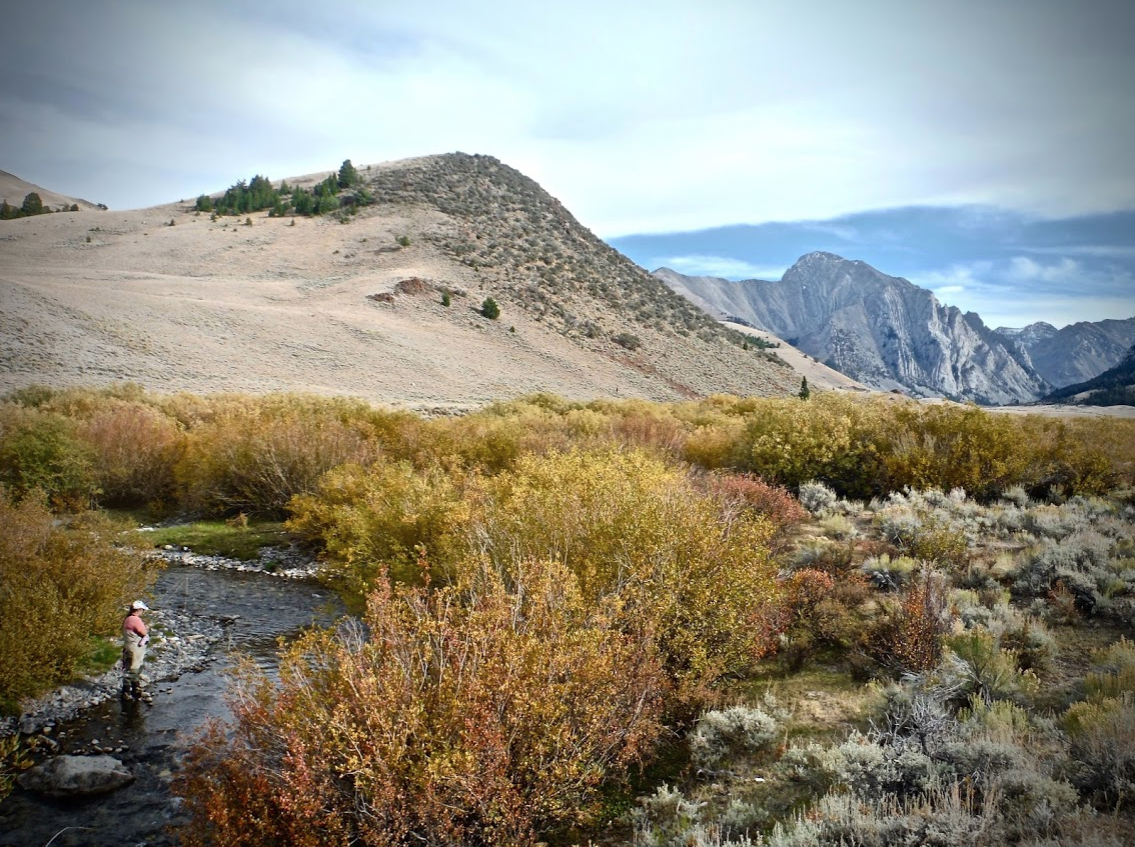It’s OK to have a plan to fish a stretch of water. Just be ready to change it if the river tells you something different. Photo by Chris Hunt
How you approach a stretch of trout water depends largely on how you intend to fish it. Generally speaking, if you’re planning to swing streamers, fishing downstream makes the most the sense. If you’re a dry-fly angler, you will likely approach from the downstream side and fish up.
But these are really just suggestions. Everything depends on what’s happening on the water—your plans can be foiled by what you see when you get there.
A couple of weeks ago, I took a pair of anglers fishing in a remote stretch of Idaho river—this small, but incredibly productive stretch of river is unique in that it flows through a closed basin—rather than dump into a larger river, it soaks into the Big Desert between Arco and Idaho Falls. We’d made plans to separate for the afternoon. I was going to walk about a quarter of a mile upstream and swing streamers back downstream to the truck, while my friends were going to walk downstream and fish dry flies upstream until we met for a beer at the end of the day.
Off we went.
And when I bushwhacked through the cottonwoods and willows after a quick hike up the river, I realized right then and there that I was going to call an audible. As I charged through the thicket, grasshoppers were everywhere. I watch as one landed with a “splat” on the river, just above a tailout. The big bug struggled as it rode the current over a shallow set of rapids, and as soon as it hit slower water, it was inhaled by a nice, fat rainbow.
So much for streamers. I spent the afternoon working upstream nailing happy rainbows on foam hoppers for a few hours, happy that I had prepared for such an event—if I’d been married to the streamer plan, I might not have tucked my terrestrial fly box in my back pocket.
The lesson? It’s OK to have a plan. Just be prepared to change it when the river tells you what’s really happening.
— Chris Hunt



